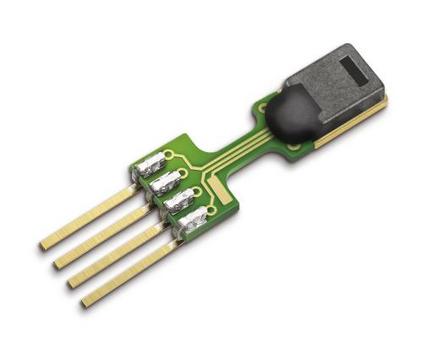There are many well-known techniques to secure sensed data in IoT/CPS systems, e.g., by authenticating communication end-points, encrypting data before transmission, and obfuscating traffic patterns. Such techniques protect sensed data from external adversaries while assuming that the sensing device itself is secure. Meanwhile, both the scale and frequency of IoT-focused attacks are growing. This prompts a natural question: how to protect sensed data even if all software on the device is compromised? Ideally, in order to achieve this, sensed data must be protected from its genesis, i.e., from the time when a physical analog quantity is converted into its digital counterpart and becomes accessible to software. We refer to this property as PfB: Privacy-from-Birth. In this work, we formalize PfB and design Verified Remote Sensing Authorization (VERSA) -- a provably secure and formally verified architecture guaranteeing that only correct execution of expected and explicitly authorized software can access and manipulate sensing interfaces, specifically, General Purpose Input/Output (GPIO), which is the usual boundary between analog and digital worlds on IoT devices. This guarantee is obtained with minimal hardware support and holds even if all device software is compromised. VERSA ensures that malware can neither gain access to sensed data on the GPIO-mapped memory nor obtain any trace thereof. VERSA is formally verified and its open-sourced implementation targets resource-constrained IoT edge devices, commonly used for sensing. Experimental results show that PfB is both achievable and affordable for such devices.
翻译:在IoT/CPS系统中,有许多众所周知的确保感测数据的技术,例如,通过验证通信端点、传输前加密数据以及模糊的交通模式,来保证感测数据的安全。这些技术保护来自外部对手的感测数据,同时假定感测设备本身是安全的。与此同时,以IoT为重点的攻击的规模和频率都在增加。这引起了一个自然的问题:即使设备上的所有软件都受损,如何保护感测数据?理想的是,为了实现这一点,感测数据必须受到保护,使其不产生,也就是说,从物理类比数量转换成数字对应器并能够进入软件的时代。我们称之为PfB:来自Birth的感知数据。在这项工作中,我们正式确定PfB和设计以IT为焦点的虚拟遥感授权授权(VERSA)的规模和频率。一个可靠和正式核查的架构,保证只有正确执行预期和明确授权的公开软件,才能访问和操作感测界面,具体地说,通用输入/输出(GPIO),这是常规的直线,即使常规的直径是用于IA的O和数字级的内存设备,也不能保证所有的内存的硬硬件设备获得。



